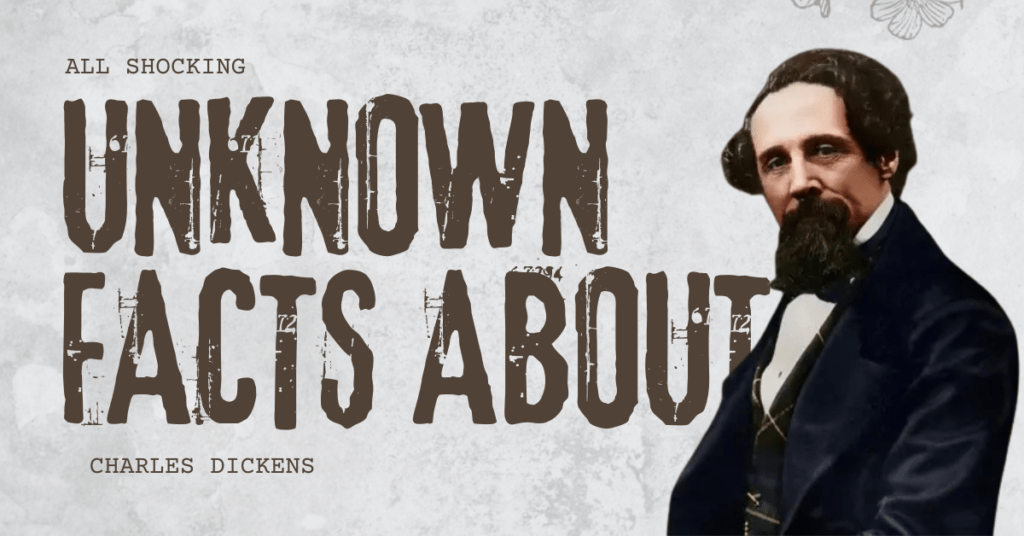Introduction
Step into the captivating world of Charles Dickens, where Victorian London comes alive with unforgettable characters and gripping tales of social injustice. 🎩📚 For over 150 years, Dickens’ novels have enthralled readers, but have you ever wondered what makes his works so enduring? – Charles Dickens Books
From the beloved Oliver Twist to the haunting Great Expectations, Dickens’ stories have left an indelible mark on literature and society. Yet, many readers are unaware of the full breadth of his literary genius. Did you know that beyond his famous novels, Dickens penned numerous lesser-known works that are equally deserving of attention? 🤔
In this blog post, we’ll embark on a journey through Dickens’ most famous novels, explore his unique writing style, and uncover hidden literary gems. We’ll also examine how his works have shaped literature and society, and dive into the numerous adaptations that continue to bring his stories to life for new generations.
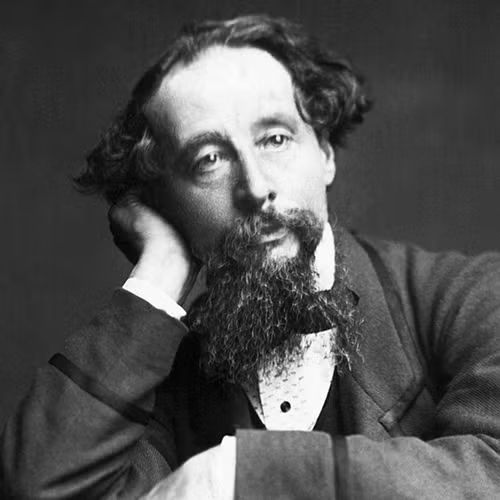
Charles Dickens’ Most Famous Novels
A. Oliver Twist: A Tale of Orphan Survival
Oliver Twist, published in 1837, is one of Charles Dickens’ most beloved and enduring novels. This gripping tale follows the life of young Oliver, an orphan navigating the harsh realities of Victorian England. Dickens masterfully weaves a narrative that exposes the brutal conditions faced by orphans and the poor in 19th-century London.
Key themes in Oliver Twist include:
- Social injustice
- Child labor
- Poverty
- Crime and punishment
- Identity and belonging
The novel’s vivid portrayal of workhouse conditions and the criminal underworld shocked readers and sparked public debate about social reform. Dickens’ unforgettable characters, such as the Artful Dodger and Fagin, have become iconic figures in literature.
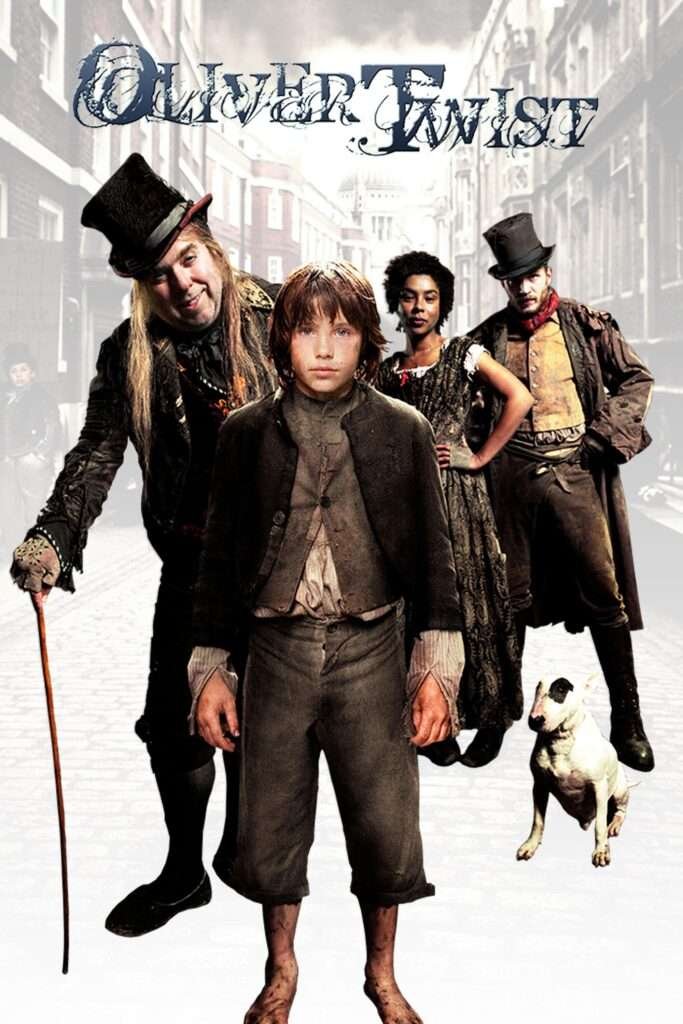
B. Great Expectations: Coming of Age in Victorian England
Great Expectations, published in 1861, is a bildungsroman that follows the moral and personal growth of its protagonist, Pip. This novel showcases Dickens’ ability to create complex characters and intricate plots while addressing themes of social class, ambition, and redemption.
Key elements of Great Expectations include:
- Pip’s journey from poverty to wealth
- The mystery surrounding his benefactor
- Unrequited love and personal growth
- The consequences of misplaced ambition
| Character | Role | Significance |
| Pip | Protagonist | Represents social mobility and moral development |
| Miss Havisham | Eccentric recluse | Symbolizes the decay of the upper class |
| Estella | Love interest | Embodies the allure and danger of social climbing |
| Joe Gargery | Pip’s brother-in-law | Represents loyalty and true friendship |
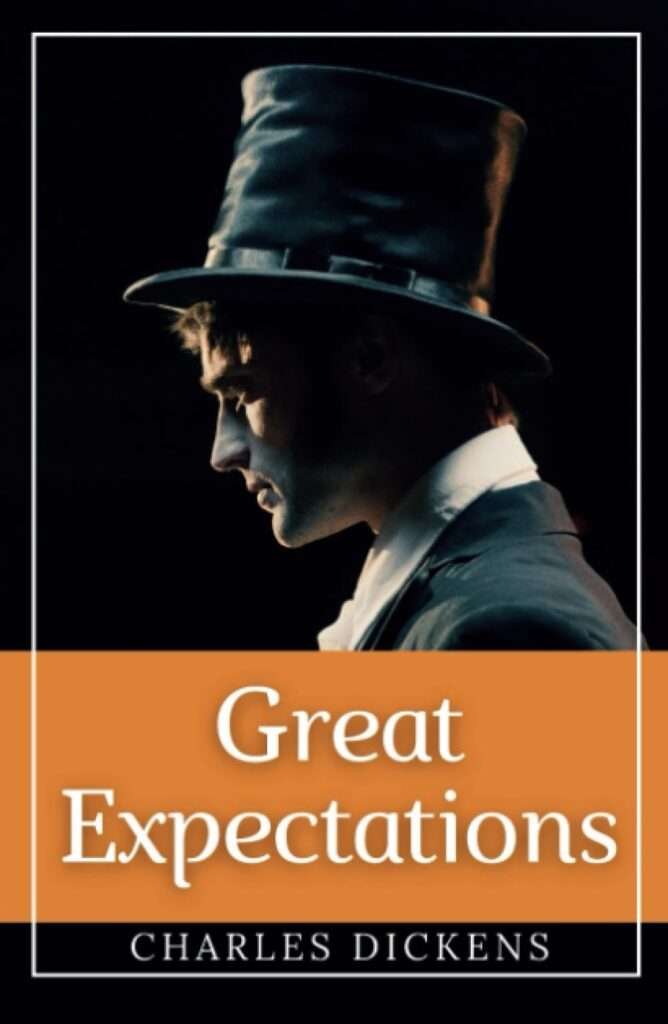
C. A Tale of Two Cities: Revolution and Redemption
Set against the backdrop of the French Revolution, A Tale of Two Cities (1859) is a historical novel that explores themes of sacrifice, resurrection, and the power of love. Dickens masterfully intertwines personal stories with historical events, creating a narrative that resonates with readers across generations.
Key aspects of A Tale of Two Cities:
- Parallel storylines in London and Paris
- The contrast between aristocratic excess and revolutionary fervor
- Character transformation and redemption
- The famous opening line: “It was the best of times, it was the worst of times…”
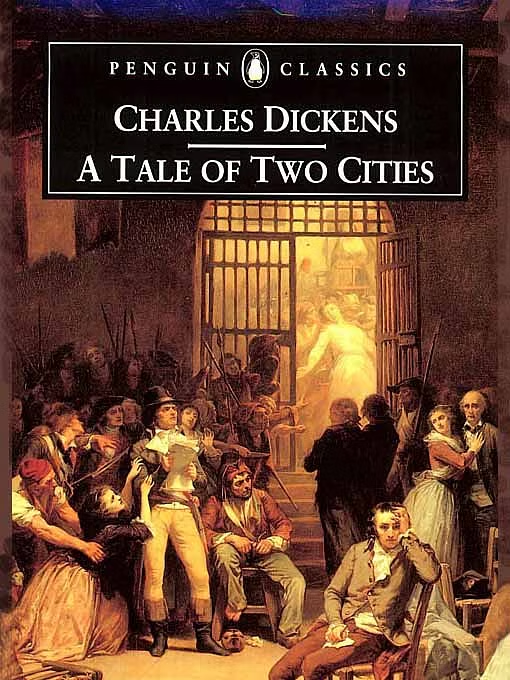
D. David Copperfield: Autobiographical Masterpiece
David Copperfield, published in 1850, is considered Dickens’ most autobiographical work. This sprawling novel traces the life of its titular character from birth to adulthood, offering a rich tapestry of Victorian life and a deep exploration of personal growth and relationships.
Notable features of David Copperfield:
- Semi-autobiographical elements drawn from Dickens’ own life
- A large cast of memorable characters, including the villainous Uriah Heep
- Themes of perseverance, friendship, and the search for identity
- Dickens’ masterful use of first-person narrative
These four novels represent the pinnacle of Charles Dickens’ literary achievements, each offering unique insights into Victorian society, human nature, and the power of storytelling. Through these works, Dickens not only entertained but also shed light on social issues, leaving an indelible mark on English literature and inspiring generations of readers and writers alike.
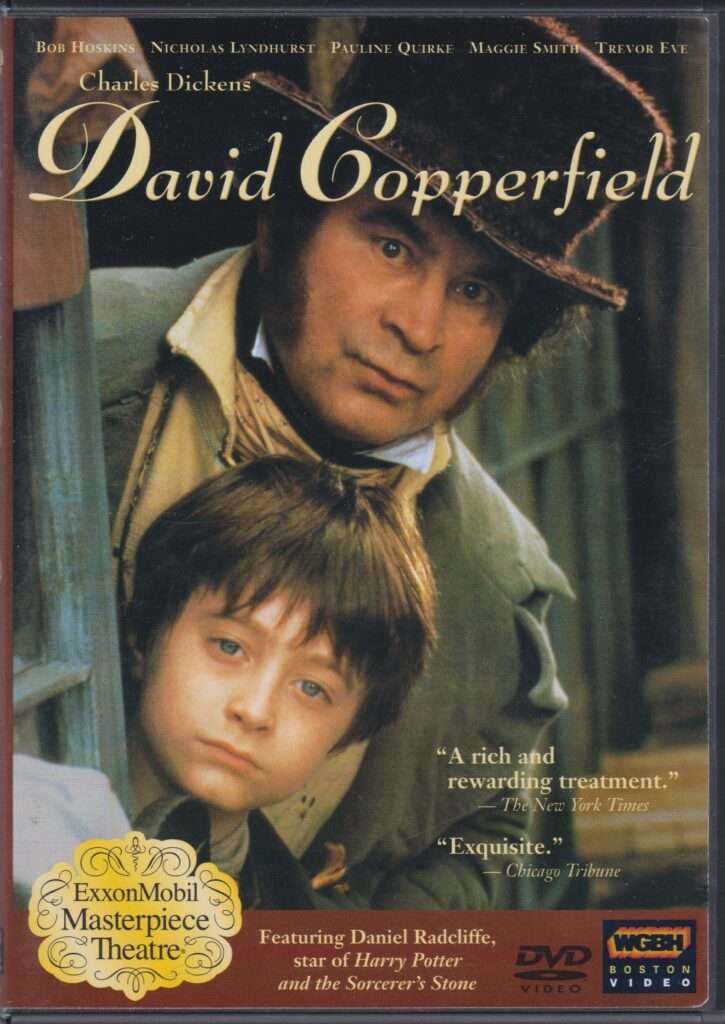
Dickens’ Writing Style and Themes
Now that we’ve explored Dickens’ most famous novels, let’s delve into the distinctive elements that define his writing style and recurring themes.
Social Commentary and Critique
Charles Dickens was a master of social commentary, using his novels as a platform to shed light on the injustices and inequalities of Victorian society. His works often exposed:
- Poverty and social injustice
- Child labor and exploitation
- The failures of the education system
- Corruption in legal and governmental institutions
Dickens’ social critique was particularly poignant in novels like “Oliver Twist” and “Hard Times,” where he vividly portrayed the harsh realities of industrial England.
Vivid Character Development
One of the hallmarks of Dickensian writing is the creation of memorable, larger-than-life characters. His ability to craft unique personalities is evident in:
- Eccentric supporting characters (e.g., Miss Havisham in “Great Expectations”)
- Morally complex protagonists (e.g., Pip in “Great Expectations”)
- Villains with depth and nuance (e.g., Fagin in “Oliver Twist”)
Dickens often used exaggerated physical features and distinctive speech patterns to make his characters unforgettable.
Serial Publication Format
Dickens’ works were primarily published in serial format, which significantly influenced his writing style:
| Aspect | Impact on Writing |
| Cliffhangers | Each installment often ended with a suspenseful moment |
| Episodic structure | Stories were divided into clear episodes or chapters |
| Character recaps | Recurring reminders of character traits and plot points |
| Flexibility | Ability to adjust storylines based on reader feedback |
This format allowed Dickens to maintain reader engagement over extended periods and contributed to the intricate plotting of his novels.
Use of Humor and Satire
Despite tackling serious social issues, Dickens was adept at incorporating humor and satire into his works:
- Witty dialogue and wordplay
- Comical situations and misunderstandings
- Satirical portrayals of societal norms and institutions
- Ironic observations on human nature
This blend of humor with serious themes created a unique reading experience that appealed to a wide audience.
Exploration of Class Struggles
A recurring theme in Dickens’ works is the exploration of class struggles in Victorian society:
- Upward mobility and its challenges
- The stark contrast between rich and poor
- The impact of industrialization on social structures
- The moral complexities of wealth and poverty
Novels like “A Tale of Two Cities” and “Great Expectations” delve deep into these class-related themes, offering a nuanced portrayal of social dynamics in 19th-century England.
Dickens’ writing style and thematic choices not only entertained readers but also served as a powerful tool for social reform. His ability to combine compelling storytelling with astute observations of society continues to resonate with readers today. As we move forward, we’ll explore some of Dickens’ lesser-known works that showcase these stylistic and thematic elements in unique ways.
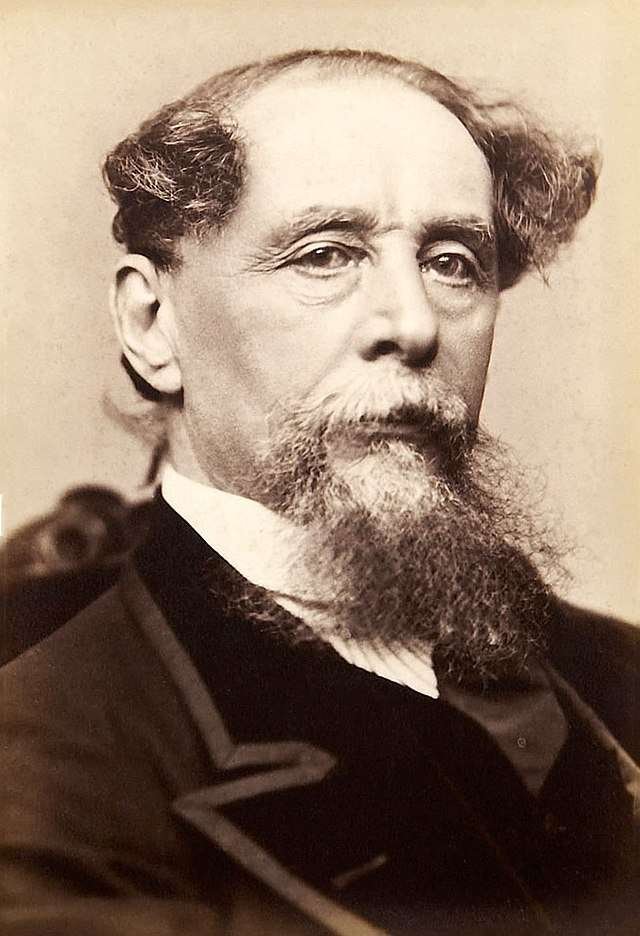
Lesser-Known Dickens Works Worth Exploring
Now that we’ve explored Dickens’ most famous works and his distinctive writing style, let’s delve into some of his lesser-known novels that are equally deserving of attention. These hidden gems offer unique perspectives on Victorian society and showcase Dickens’ versatility as a writer.
Bleak House: Legal System Critique
Bleak House stands out as a masterful critique of the British legal system. This complex novel weaves together multiple storylines, all centered around a long-running legal case known as Jarndyce v. Jarndyce. Dickens’ sharp wit and keen observations expose the inefficiencies and corruption within the Court of Chancery.
Key aspects of Bleak House include:
- Intricate plot structure
- Satirical portrayal of legal proceedings
- Commentary on social inequality
- Innovative use of both first and third-person narration
| Character | Role | Significance |
| Esther Summerson | Narrator/Protagonist | Represents innocence and moral integrity |
| Lady Dedlock | Aristocrat | Symbolizes the secrets and decay of high society |
| Mr. Tulkinghorn | Lawyer | Embodies the manipulative nature of the legal system |
Hard Times: Industrial Revolution Commentary
Hard Times offers a scathing critique of the dehumanizing effects of industrialization and utilitarianism. Set in the fictional industrial town of Coketown, this novel explores the consequences of prioritizing facts and figures over imagination and emotions.
Key themes in Hard Times include:
- The negative impact of industrialization on human relationships
- The importance of imagination and creativity in education
- The struggle between individual desires and societal expectations
- The exploitation of workers in industrial settings
Dickens’ portrayal of characters like Mr. Gradgrind and Josiah Bounderby serves to highlight the flaws in a system that values profit over human well-being.
The Old Curiosity Shop: Sentimental Journey
The Old Curiosity Shop, while less critically acclaimed than some of Dickens’ other works, remains a poignant exploration of innocence and corruption. The novel follows the journey of young Nell Trent and her grandfather as they flee from the villainous dwarf Daniel Quilp.
Notable elements of The Old Curiosity Shop include:
- Vivid descriptions of Victorian London and rural England
- A cast of eccentric and memorable characters
- Themes of friendship, loyalty, and the loss of innocence
- Controversial ending that sparked intense reader reactions
| Character | Description | Symbolic Role |
| Little Nell | Young, virtuous protagonist | Embodies innocence and purity |
| Daniel Quilp | Malevolent dwarf | Represents the corrupting influence of greed |
| Kit Nubbles | Nell’s loyal friend | Symbolizes steadfast friendship and honesty |
These lesser-known works demonstrate Dickens’ ability to tackle a wide range of social issues while creating compelling narratives and unforgettable characters. By exploring these novels, readers can gain a deeper appreciation for Dickens’ literary prowess and his enduring relevance in understanding both Victorian society and human nature.
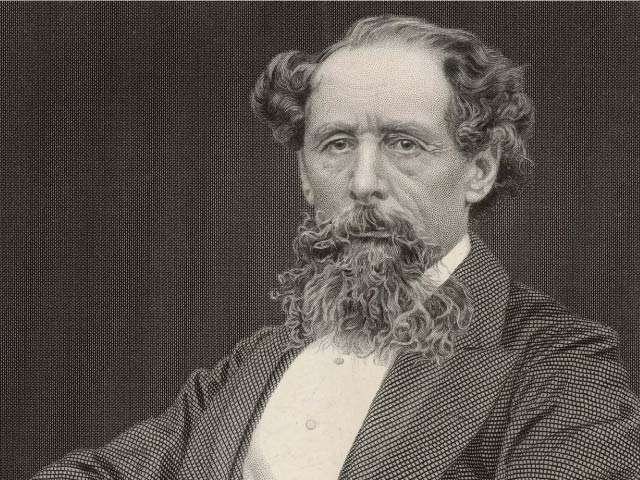
Dickens’ Impact on Literature and Society
Influence on the English Language
Charles Dickens’ impact on the English language is immeasurable. His vivid prose and memorable characters introduced numerous words and phrases that have become part of everyday speech. Dickens had a knack for creating evocative names and expressions that perfectly captured the essence of his characters and situations.
Some of the most enduring contributions to the English lexicon include:
- “Bah! Humbug!” (from “A Christmas Carol”)
- “It was the best of times, it was the worst of times” (from “A Tale of Two Cities”)
- “Please sir, I want some more” (from “Oliver Twist”)
These phrases have transcended their literary origins and become cultural touchstones, used in contexts far removed from their original settings.
| Dickensian Term | Meaning | Origin |
| Scrooge | A miserly person | A Christmas Carol |
| Pickwickian | Good-natured and simplistic | The Pickwick Papers |
| Gradgrind | A hard, cold person focused on facts | Hard Times |
Social Reform Advocacy
Dickens’ works were not merely entertainment; they were powerful tools for social commentary and reform. His novels vividly portrayed the harsh realities of Victorian England, exposing the cruel treatment of children, the exploitation of workers, and the vast inequalities between social classes.
Key social issues addressed in Dickens’ works include:
- Child labor and poverty (“Oliver Twist”)
- The failures of the education system (“Nicholas Nickleby”)
- The inhumane conditions in workhouses (“Oliver Twist”)
- The inefficiency and corruption of the legal system (“Bleak House”)
Dickens’ ability to combine compelling storytelling with social criticism made his works accessible to a wide audience, effectively raising awareness about pressing societal issues. His writings influenced public opinion and contributed to several important reforms in Victorian England, including improvements in child labor laws and the overhaul of the Court of Chancery.
Popularization of the Christmas Story Genre
Now that we’ve explored Dickens’ influence on language and social reform, let’s examine his role in shaping the Christmas literary tradition. Dickens’ “A Christmas Carol” (1843) revolutionized the way people celebrated and thought about Christmas, particularly in England and America.
The novella’s impact on Christmas traditions includes:
- Popularizing the phrase “Merry Christmas”
- Emphasizing family gatherings and charitable giving
- Reviving old Christmas traditions like carol singing
Dickens’ success with “A Christmas Carol” inspired him to write four more Christmas books, cementing his association with the holiday. This tradition of writing Christmas-themed stories was adopted by many other authors, leading to the establishment of the Christmas story as a distinct literary genre.
The enduring popularity of Dickens’ Christmas stories has ensured that his influence on the holiday continues to this day, with numerous adaptations of “A Christmas Carol” appearing each year in various media formats.
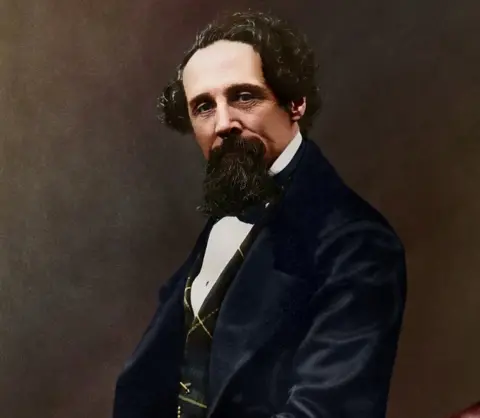
Adaptations of Dickens’ Works | Charles Dickens Books
Film and Television Versions | Charles Dickens Books
Charles Dickens’ timeless stories have been a rich source of inspiration for filmmakers and television producers. His vivid characters and compelling narratives have been brought to life on screen countless times, captivating audiences across generations.
One of the most frequently adapted Dickens novels is “Oliver Twist.” This tale of an orphan boy navigating the harsh realities of Victorian London has seen numerous iterations, from the 1948 David Lean classic to the 2005 Roman Polanski version. Each adaptation brings its own unique perspective to the story, highlighting different aspects of Dickens’ social commentary.
“Great Expectations” is another Dickens favorite among filmmakers. The 1946 David Lean adaptation is considered a masterpiece, while more recent versions, such as the 2012 Mike Newell film, offer fresh interpretations of Pip’s journey from humble beginnings to gentleman status.
Here’s a comparison of some notable Dickens adaptations:
| Novel | Notable Film Adaptations | Notable TV Adaptations |
| A Christmas Carol | “Scrooge” (1951), “The Muppet Christmas Carol” (1992) | BBC’s “A Christmas Carol” (2019) |
| Great Expectations | David Lean’s “Great Expectations” (1946), Mike Newell’s “Great Expectations” (2012) | BBC’s “Great Expectations” (2011) |
| Oliver Twist | David Lean’s “Oliver Twist” (1948), Roman Polanski’s “Oliver Twist” (2005) | BBC’s “Oliver Twist” (2007) |
Stage Productions and Musicals | Charles Dickens Books
Dickens’ works have also found a home on the stage, with numerous theatrical adaptations and musicals bringing his characters to life for live audiences. The most famous of these is undoubtedly “Oliver!”, the musical based on “Oliver Twist.” Premiering in London’s West End in 1960, it has since become a beloved classic, performed in theaters worldwide.
Other notable stage adaptations include:
- “Nicholas Nickleby”: The Royal Shakespeare Company’s epic 8-hour production in 1980
- “A Tale of Two Cities”: Various stage versions, including a Broadway musical in 2008
- “The Mystery of Edwin Drood”: A unique musical that allows the audience to choose the ending
These stage productions often highlight the theatrical qualities inherent in Dickens’ writing, from his larger-than-life characters to his flair for dramatic plot twists.
Modern Reinterpretations | Charles Dickens Books
In recent years, there has been a trend towards modern reinterpretations of Dickens’ works, breathing new life into these classic stories by setting them in contemporary contexts or exploring them from fresh angles.
Some notable examples include:
- “The Personal History of David Copperfield” (2019): Armando Iannucci’s film adaptation offers a diverse, colorblind casting and a more comedic tone.
- “Dickensian” (2015-2016): A BBC TV series that imagines a world where characters from various Dickens novels coexist.
- “Great Expectations” by Pip Carter: A graphic novel adaptation that brings a visual flair to the classic story.
These modern adaptations often aim to make Dickens’ themes of social inequality, personal growth, and human nature resonate with contemporary audiences. They demonstrate the enduring relevance of Dickens’ work, proving that his insights into the human condition continue to captivate and inspire across different media and time periods.
As we’ve seen, the adaptability of Dickens’ works speaks to their universal appeal and timeless themes. Next, we’ll conclude by reflecting on Dickens’ lasting impact on literature and popular culture.
Conclusion | Charles Dickens Books
In conclusion, Charles Dickens’ enduring legacy in literature is undeniable. His novels continue to captivate readers and inspire adaptations across various media. Dickens’ unique ability to blend compelling storytelling with sharp social commentary has ensured his place among the greatest authors in English literature.
Key Takeaways | Charles Dickens Books
- Literary Mastery: Dickens’ novels showcase his exceptional storytelling skills and vivid character development.
- Social Impact: His works shed light on societal issues, influencing public opinion and driving social reform.
- Adaptability: The timeless nature of Dickens’ stories allows for countless adaptations and reinterpretations.
- Diverse Body of Work: While his famous novels receive much attention, Dickens’ lesser-known works offer additional depth to his literary contributions.
Dickens’ Lasting Influence | Charles Dickens Books
Dickens’ influence extends far beyond the realm of literature. His works have:
- Shaped the English language, introducing new words and phrases
- Inspired countless authors and artists across generations
- Provided a historical lens through which we view Victorian England
- Continued to resonate with modern audiences, addressing universal themes
Exploring Dickens’ World | Charles Dickens Books
For those inspired to delve deeper into Dickens’ works, consider the following approach:
| Start With | Then Explore | For a Challenge |
| Oliver Twist | Great Expectations | Bleak House |
| A Christmas Carol | David Copperfield | Little Dorrit |
| A Tale of Two Cities | Nicholas Nickleby | Our Mutual Friend |
By immersing yourself in Dickens’ world, you’ll gain a deeper appreciation for his masterful storytelling, intricate plots, and memorable characters. Whether you’re a longtime fan or new to his works, there’s always something new to discover in the rich tapestry of Charles Dickens’ literary universe.
As we reflect on Dickens’ contributions to literature and society, it’s clear that his works continue to offer valuable insights into human nature and social dynamics. The themes he explored – from social inequality to personal redemption – remain relevant today, ensuring that Dickens’ novels will continue to be read, studied, and celebrated for generations to come.
Charles Dickens’ literary legacy continues to captivate readers and influence writers worldwide. His most famous novels, including “Oliver Twist,” “A Tale of Two Cities,” and “Great Expectations,” showcase his unique writing style and profound exploration of social issues. Dickens’ ability to create memorable characters and vividly depict Victorian society has solidified his place as one of the greatest authors in English literature.
While Dickens’ renowned works deserve their acclaim, his lesser-known novels and short stories offer equally compelling narratives and insights into 19th-century life. As we reflect on Dickens’ impact on literature and society, it’s clear that his works remain relevant today, addressing timeless themes of social injustice, class struggles, and the human condition. Whether through original texts or numerous adaptations across various media, Dickens’ stories continue to resonate with audiences, inspiring new generations to explore the rich tapestry of his literary world. – Charles Dickens Books
Check Out The Sources
Check Out More

